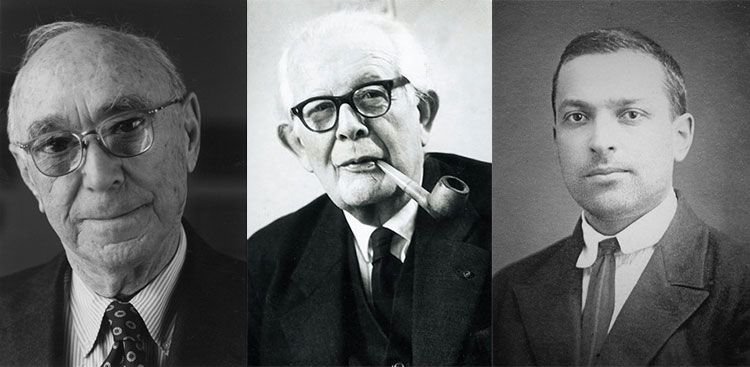This post takes a look at differences and similarities between Burner theory and Piaget and Vygotsky.
It is obvious that there are similarities between the theory of Piaget and Bruner , but an important difference is that in Bruner’s theory the development of the learning processes is not something immovable, since although a certain stage can dominate in a concrete evolutionary moment, in fact all stages coexist in some way.
Table of Contents
Bruner vs Piaget
Bruner states that what determines the level of intellectual development is the degree to which the child has received adequate instruction along with practice or experience. Therefore, the correct way to teach and explain, will allow a child to understand a general concept that at first is only understood by an adult. His theory emphasizes the role of the adult in education.
Although Bruner proposes stages of cognitive development, he does not see them as a representation of the different independent modes of thought at different points of development (such as Piaget). On the contrary, it describes a gradual development of skills and a more integrative and intertwined cognitive techniques.
Bruner considers that symbolic representation is crucial for cognitive development and, given that language is our main means of interpreting the world, it attaches great importance to language in the determination of cognitive development .
| Matches between Bruner and Piaget | Differences between Bruner and Piaget |
| 1. Children are pre-adapted for learning. | 1. Development is a continuous process, not a series of stages. |
| 2. Children have a natural curiosity. | 2. The development of language is a cause, it is not a consequence of cognitive development. |
| 3. The cognitive structures of children develop over time. | 3. Cognitive development can be accelerated. It is not necessary to wait until the child is ready. |
| 4. Children are active participants in the learning process. | 4. The participation of adults and colleagues with more knowledge makes a big difference. |
| 5. Cognitive development involves the acquisition of symbols. | 5. Symbolic thought does not replace the other modes of cognitive representation of the early stages of childhood. |
Piaget vs Vygotsky: similarities and differences between their theories
Bruner vs Vygotsky
Both Bruner and Vygotsky emphasize the importance of a child’s environment, especially the social environment .
Both Bruner and Vygotsky emphasize the social character of learning, citing that other people should help the child to develop their skills through the process of scaffolding. This term first appeared in the literature when Wood, Bruner and Ross describe how tutors “interacted with preschoolers help solve a block reconstruction problem (Wood et al., 1976)”.
The concept of scaffolding is very similar to Vygotsky’s and the notion of the zone of proximal development, and it is not uncommon for the terms to be used interchangeably. Scaffolds involve a useful and structured interaction between an adult and a child, with the aim of helping the child achieve a specific goal.
References
Bruner, JS (1957). Beyond the information given. New York: Norton.
Bruner, JS (1960). The process of education . Cambridge, Mass: Harvard University Press.
Bruner, JS (1966). Towards a theory of instruction . Cambridge, Mass: Belkapp Press.
Bruner, JS (1973). The relevance of education . New York: Norton.
Bruner, JS (1978). The role of dialogue in the acquisition of language . In A. Sinclair, R., J. Wood, DJ, Bruner, JS, and Ross, G. (1976). The role of a tutor solving a problem. Journal of Child Psychiatry and Psychology , 17 (2), 89-100.



